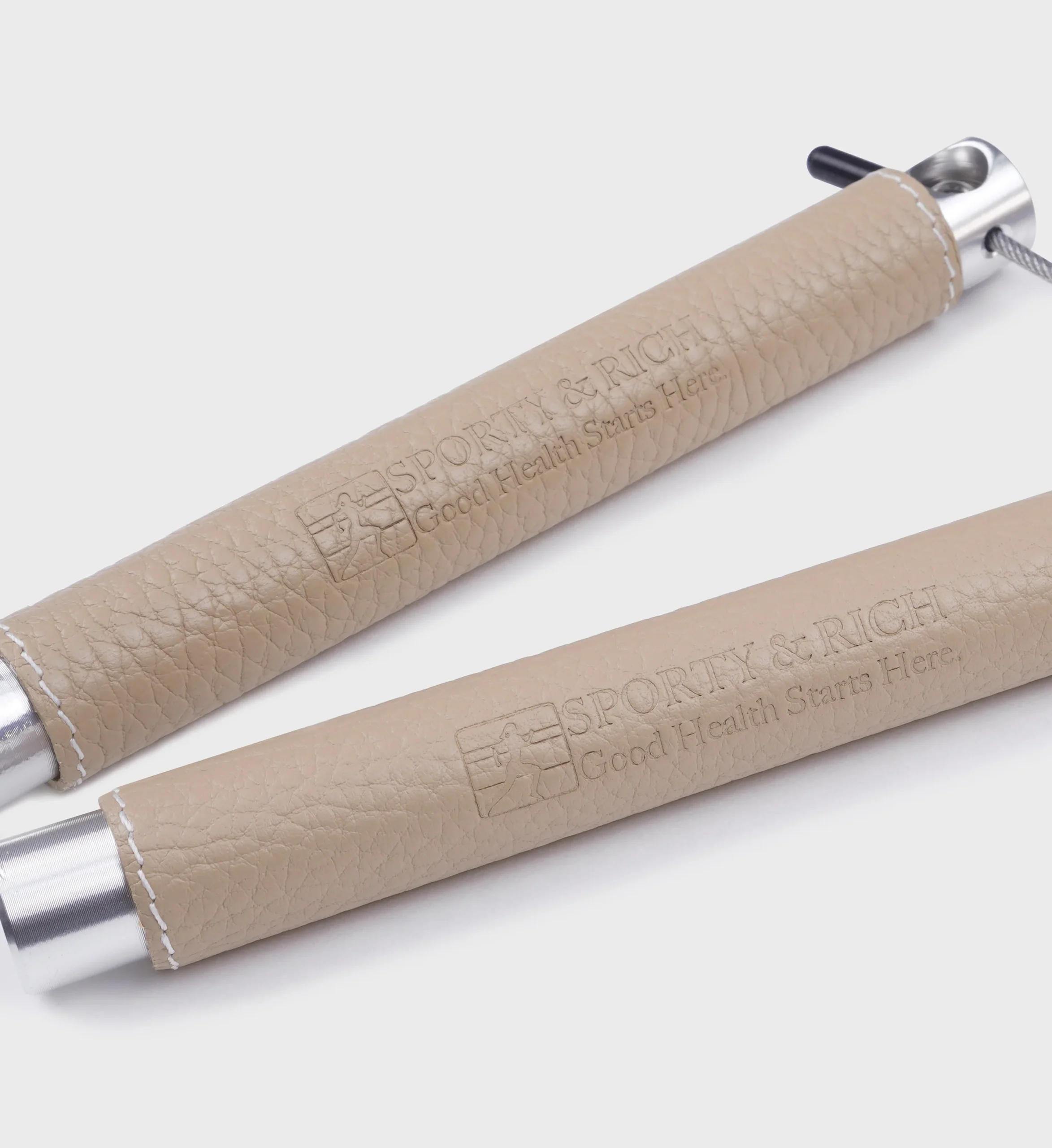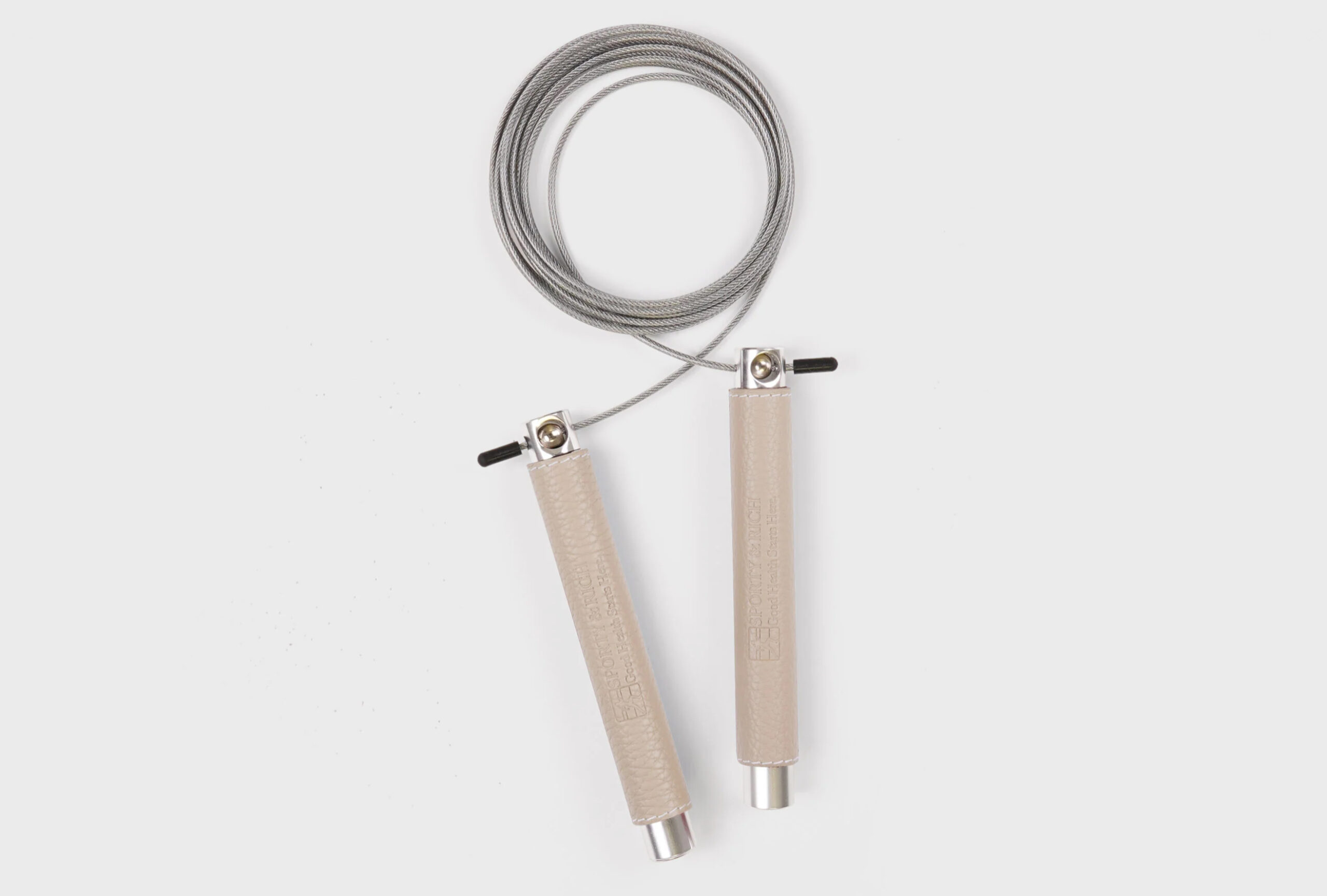Looking to supercharge your cardiovascular routine and add excitement to your workouts? Incorporating a jump rope into your fitness regimen is one of the most efficient and enjoyable methods to boost heart health, improve endurance, and elevate overall fitness levels. Whether you’re a beginner or a professional athlete, jump ropes cater to everyone, offering numerous benefits for overall health.
Simple yet incredibly effective, jump ropes are a great way to spice up your cardio workouts. This article will explore the extensive benefits of jump rope exercises, how to properly integrate jump rope workouts into your routine, and offer detailed tips and techniques for maximizing your cardio training.

Why Jump Rope is Ideal for Cardio Workouts
Jump rope is a powerhouse exercise with numerous advantages that set it apart from traditional cardio exercises like running, cycling, or using elliptical machines. Let’s dive into why it’s an excellent cardio tool for boosting your fitness levels:
Complete Full-Body Workout
Unlike many cardio exercises that primarily engage the lower body, jump rope is a full-body workout. It activates your legs, core, arms, shoulders, and even your back. Every jump involves engaging multiple muscle groups simultaneously, providing a balanced workout that tones and strengthens your entire body.
For example, as you jump, your legs are responsible for the movement, your arms help rotate the rope, and your core stabilizes your body, making jump rope an efficient calorie-burning exercise that works every part of your body.
Exceptional Calorie Burner
Jump rope ranks among the most effective calorie-burning exercises you can do. Studies have shown that jumping rope can burn more calories per minute than running, making it a highly efficient method for weight management and fat burning. In just 10 minutes of intense jumping rope, you can burn around 100 calories, depending on your intensity and body weight.
This makes it an excellent choice for anyone looking to lose weight or improve their cardiovascular health in a short amount of time. By incorporating jump rope into your routine, you can maximize your calorie burn without dedicating hours to exercise.
Enhances Cardiovascular Health
One of the greatest benefits of jump rope is its ability to significantly strengthen the cardiovascular system. Regular jump rope workouts improve the heart’s efficiency by promoting better blood circulation and oxygen utilization. This strengthens your heart, reduces the risk of heart disease, and improves overall cardiovascular endurance.
Jump rope workouts increase lung capacity, which allows your body to take in more oxygen and pump it throughout your body. This is particularly beneficial for improving stamina and endurance levels in both aerobic and anaerobic exercise.
Increases Coordination and Balance
Jumping rope may seem simple, but it requires a high level of coordination, balance, and rhythm. Over time, jumping rope helps develop these skills, which not only benefits other physical activities and sports but also helps prevent injuries. As you become more proficient in your jumping technique, your balance and coordination will improve significantly, translating into better performance in other sports or exercises.
Cost-Effective and Convenient
A jump rope is affordable, portable, and space-efficient, making it an ideal fitness tool for everyone. Unlike gym equipment that can take up space and cost hundreds of dollars, a jump rope requires minimal space and is highly affordable, making it suitable for anyone, anywhere.
You can easily incorporate jump rope into your routine at home, in the park, or even on vacation, as long as you have enough space to swing the rope. Whether you’re training indoors or outdoors, a jump rope provides a versatile and convenient option for cardiovascular fitness.
 Getting Started with Your Jump Rope Routine
Getting Started with Your Jump Rope Routine
Now that you understand the numerous benefits of jump rope, let’s explore how you can get started with this fantastic exercise. Follow these practical steps to safely and effectively integrate jump rope workouts into your fitness regimen:
Selecting the Right Jump Rope
Choosing the right jump rope is crucial for maximizing your performance and comfort during workouts. There are several types of jump ropes available, and the one you choose depends on your experience level and the type of workout you’re aiming for.
- For Beginners: Opt for a slightly heavier rope to provide better control. Heavier ropes are easier to swing and can help you master the basic technique before progressing to lighter ropes.
- For Experienced Users: Speed ropes, typically made from lightweight plastic or steel cables, are excellent for more advanced users aiming for faster jumps and more agility.
Correct Jump Rope Length
The correct jump rope length is important for a smooth and efficient workout. To determine the right length, follow these simple steps:
- Stand in the center of the rope and pull the handles upward.
- The handles should reach approximately your armpit or shoulder level when pulled taut.
If the rope is too long, you may trip over it; if it’s too short, you won’t be able to jump comfortably. Always check the length of your rope before starting.
Proper Jumping Technique
Jumping rope seems easy, but there is a technique that can improve your performance and reduce the risk of injury:
- Posture: Maintain an upright posture with your shoulders relaxed. Keep your elbows close to your sides.
- Jumping Motion: Focus on rotating the rope with your wrists rather than your arms. This will give you better control and allow for faster, smoother jumps.
- Jump Height: Keep your jumps low (1-2 inches off the ground). Jumping too high can waste energy and increase joint stress.
Warm-Up Routine
As with any workout, a proper warm-up is essential for preventing injury and preparing your body for exercise. Spend about 5 minutes warming up with light stretches and a few gentle, slow-paced jumps to get your muscles and joints ready for the intensity of the workout.
Comprehensive Jump Rope Workout Routines
Now that you’re ready, let’s look at specific jump rope routines tailored for different fitness levels. You can gradually progress from beginner to advanced routines as your skills and endurance improve.
Beginner Routine
- Jump rope for 20-30 seconds, followed by 30 seconds rest.
- Complete 5-10 rounds, gradually increasing the time as your endurance improves.
- Focus on getting comfortable with the technique and increasing your stamina over time.
Intermediate Routine
- Jump rope for 60 seconds, followed by 30 seconds rest.
- Aim for 10-15 intervals, with variations like single-leg hops, side-to-side jumps, or high knees to add intensity and challenge your balance.
- As you build endurance, gradually increase the intensity of your workout.
Advanced Routine
- Jump rope for 2-3 minutes continuously, followed by 30 seconds of rest.
- Incorporate advanced techniques such as double-unders, high knees, and crisscross jumps to push your limits and build stamina.
- Repeat for 20-30 minutes, and consider adding bodyweight exercises like squats, push-ups, and planks for a full-body workout.
Tips for Mastering Jump Rope Techniques
Jump rope is a fun, effective workout, but there are a few tips that will help you progress faster and prevent common mistakes:
Start Gradually
If you’re new to jump rope, it’s essential to ease into your routine. Start with shorter sessions, gradually increasing your time and intensity as your body adapts. Jumping for just 5-10 minutes a day can make a big difference in improving your cardio endurance and skills.
Mix and Match Techniques
Don’t stick to just one technique—variety will keep your workouts interesting and help you improve different aspects of your fitness. Try switching between basic jumps, high knees, single-leg hops, and crossovers to challenge your agility, coordination, and balance.
Maintain Consistency
Aim to jump rope 3-5 times a week for the best results. Even if it’s just for 10-15 minutes, consistency will help build endurance and proficiency over time.
Protect Your Joints
Jumping rope can put stress on your joints, especially your knees, hips, and ankles. To reduce this impact:
- Jump on soft surfaces such as mats or wooden floors.
- Wear appropriate footwear with cushioning and support.
- Use anti-fatigue mats if you’re standing for extended periods.
Track Progress
Keep a log of your jump rope sessions to track your progress. Record the duration, techniques, and intensity of each workout. Tracking progress not only helps you stay motivated but also allows you to set new goals and improve your performance over time.
Jump Rope for Cardiovascular Health
Jumping rope regularly strengthens your cardiovascular system by improving blood circulation, increasing heart rate, and enhancing lung capacity. This makes it an excellent exercise for heart health. In fact, jump rope provides the same cardiovascular benefits as running, cycling, or swimming, with less required space and equipment.
Jump rope is also great for building endurance, which is beneficial not only for general fitness but for other sports and activities as well. As your stamina improves, you’ll find that you can handle longer or more intense physical challenges without tiring as easily.
Common Mistakes to Avoid
While jump rope is a simple exercise, there are a few common mistakes that beginners often make. Avoid these to maximize your performance and prevent injury:
- Jumping Too High: Keeping your jumps low (1-2 inches off the ground) will conserve energy and reduce impact on your joints. High jumps can lead to unnecessary strain and fatigue.
- Poor Posture: Keep your shoulders relaxed and maintain a straight back to avoid back strain. Tension in your shoulders or upper body can reduce the effectiveness of the exercise.
- Incorrect Rope Length: Always ensure the rope length is correct for your height. An improper rope length can make jumping more difficult and less efficient.

Conclusion
Incorporating jump rope into your fitness routine offers numerous benefits, including improved cardiovascular health, enhanced coordination, significant calorie burning, and overall fitness gains. This versatile, accessible tool can transform your exercise routine, adding fun, diversity, and impressive results.
So, why not jump into a new fitness journey today? Grab a high-quality jump rope, start with simple techniques, and work your way up to more advanced moves. With regular practice, you’ll see dramatic improvements in your stamina, coordination, and overall fitness.
FAQ
-
How long should a jump rope workout last?
Beginners should aim for 10–15 minutes, while intermediate to advanced individuals may jump rope for 20–30 minutes. -
Can jump rope help with belly fat reduction?
Jump rope is effective for overall fat loss—including reducing belly fat—when combined with a balanced diet and regular strength training. -
Is jump rope suitable for people with joint pain?
People with joint issues should consult their physician before starting. Using a shock-absorbent mat and supportive shoes can help mitigate impact on joints. -
How frequently should I jump rope for cardio improvement?
Jump rope workouts 3–5 times per week are effective for enhancing cardiovascular fitness and endurance. -
What’s the ideal rope material for cardio training?
For cardio training, lightweight, durable ropes made from PVC or coated steel cable provide smooth rotation and efficient jumping.











